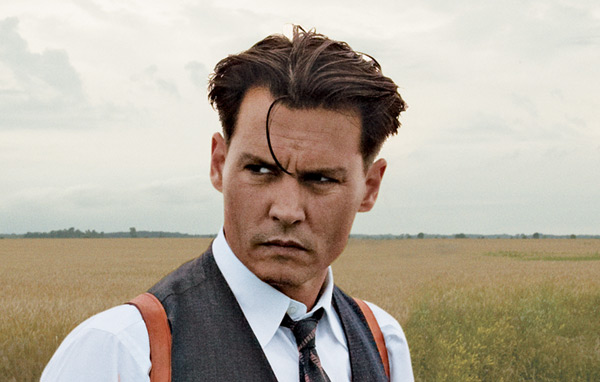
Divisive films are wonderful – always a lot of fun to try out. They can be some of the absolute best or some of the very worst films ever made, so running the risk is always quite fun and, when rewarding, quite the experience. They can also just be bland, but thankfully that isn’t too often, with the majority falling into either extreme – a terrible film you can only wish to forget as soon as your brain permits you to, or a masterpiece you can never get out of your head.
So, here are ten films that will hopefully stop the need to try to forget some of these riskier ones and only give you the greats… but, they’re divisive for good reason. This one might ruffle some feathers.
1. Despite the Night (Philippe Grandrieux, 2015)
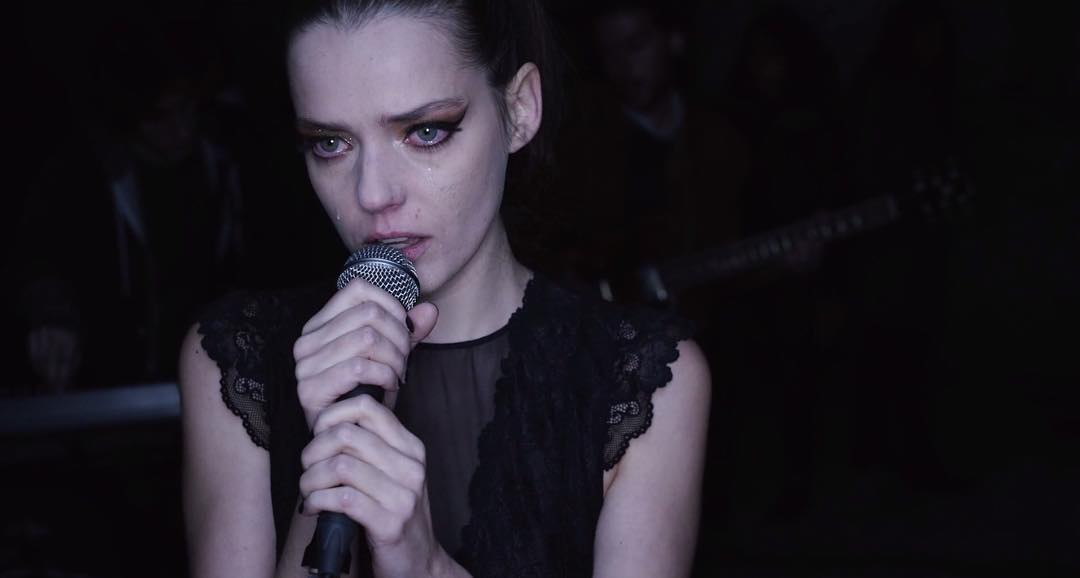
Grandrieux certainly makes some… discomforting films, to say the least. One can easily suggest that this is the main reason for his entire film catalogue being so divisive among audiences, but his style would also suggest that there is much more to it than that.
Not only do his films focus on truly deranged situations and characters, but the way that they are told is set to match, his camera and editing collaborating to make some of the most consistently dizzyingly uneasy moments in 21st century cinema.
Sombre was certainly a strong start to a career, and it would seem that he only gained more control over his audiences with time, with his most recent film Despite the Night being his masterpiece, one of the most inexplicably unsettling films of the century so far.
With a focus on the deranged, the dangerous and erotic all rolled into one, Grandrieux takes the work of someone like Cronenberg and suddenly makes it a whole lot more serious, to the point that it all becomes a little too real.
It’s completely understandable that people would be made so uncomfortable by this film that they dislike it, but it’s a damn shame that the film (along with Grandrieux’s other works) have a poor reputation among the majority of those who have seen his films. A real shame, as his work is some of the most bold and assured of the century so far, and it really demands to be seen by any serious film fan. They’re incredible.
2. Glass (M. Night Shyamalan, 2019)
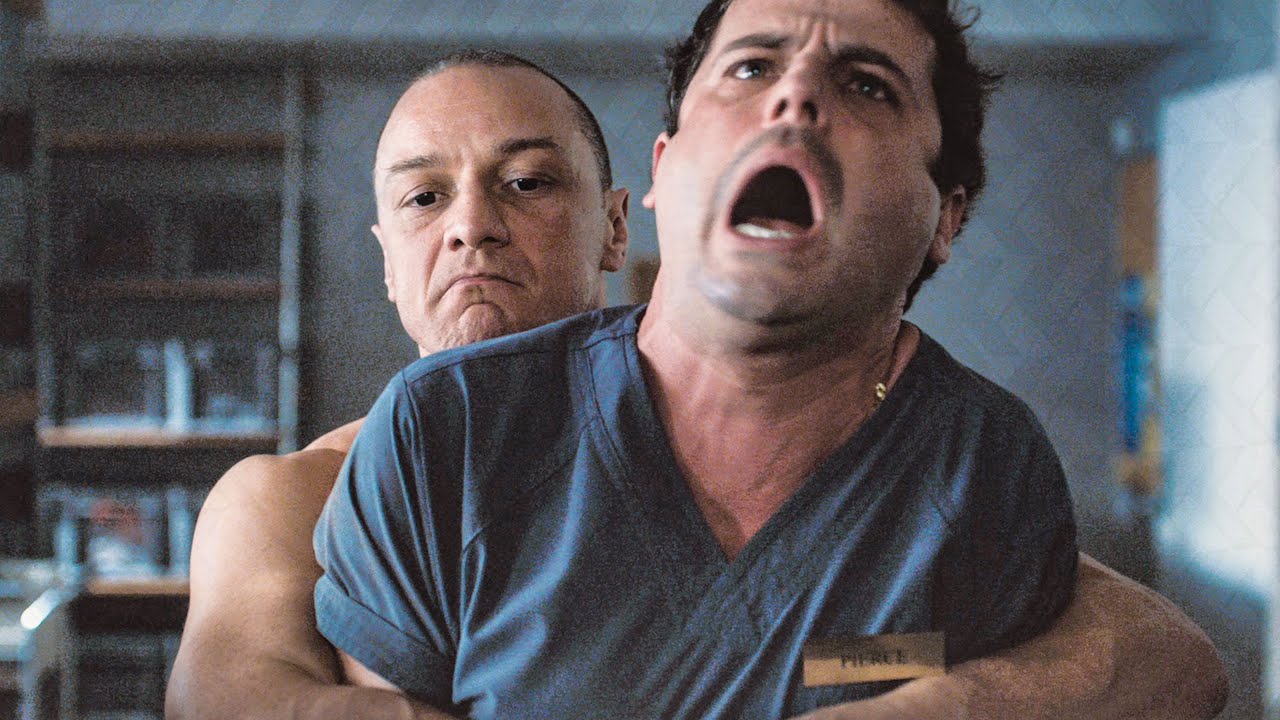
The most recent film included on the list is M. Night Shyamalan’s Glass. Working as a culmination to a trilogy nineteen years in the making, tail-ending Shyamalan’s other films Unbreakable (2000) and Split (2016), Glass is admittedly a film that seems to take some pleasure in consistently worming its way out of the grip of the audience and then faintly chuckling at them because it feels smarter.
This isn’t too much of a problem, though, as the film presented is so carefully, and so beautifully constructed because of the nineteen years behind these characters that it all runs unimaginably smoothly. It’s a film most aptly analogised as seeing a great puzzle put itself together.
The performances across the board are fantastic, with Bruce Willis giving one of the greatest performances of his career and McAvoy improving on the physicality of his character in a truly shocking way at times.
It is one of Shyamalan’s most depressing, but also most hopeful films yet, and it is also one of his best. It’s reassuring that someone as cinematically lost as Shyamalan was in the late 2000s and early 2010s could come back so strongly, with his last three films all delivering wonderfully. It’s good to have Shyamalan back.
3. Unsane (Steven Soderbergh, 2018)
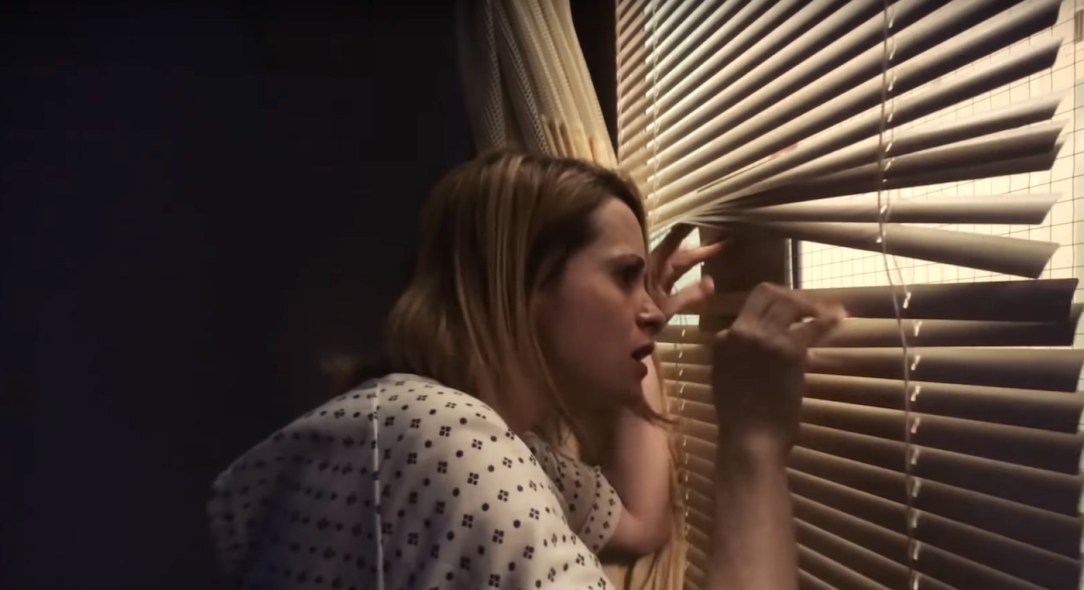
Okay – one has to be admit that this film simply isn’t the most controversial or the most divisive, but the way that some hold this in their mind as at least one of the greatest films of 2018, and of Soderbergh’s career, and others simply find it dry and uninteresting is kind of captivating.
With some of the boldest editing of the decade so far, and Soderbergh’s phone aesthetic working wonders to add to the claustrophobia induced by the tight framing, Unsane is a thriller if ever there was.
It’s amazing just to see a film as mainstream as this one to try so many new things with so much confidence, mainly with the use of a phone (likely only allowed because of the growing success behind Sean Baker’s Tangerine from a few years prior) as the camera, but more importantly, the way that this film consistently puts the story in the background and focuses on using different cinematic techniques to focus on the feeling of the situation that the story creates.
Soderbergh cares very little for the nuances of the story, allowing them to simply pass by in the background whilst the incredible editing and wonderfully jarring cinematography take the forefront and make the audience feel dizzy and nauseated.
It’s just brilliant to see a director like Soderbergh shake off the shackles that come with mainstream success and go crazy as he used to, and it’s also re-assuring that now films this good can be made on devices so small and so accessible. Certainly an important film for any low or no budget filmmakers to see, just for the inspiration of it. It’s a shame that High Flying Bird wasn’t quite so good.
4. Spring Breakers (Harmony Korine, 2013)

Harmony Korine must simply enjoy creating controversy through his films by now, or he must at least be so used to it that it no longer has any effect, as with Spring Breakers – puzzlingly his most commercially successful film to date, other than maybe The Beach Bum (2019) – Korine takes his typically controversial and aggressive cinematic style and applies it to this much more mainstream narrative of good girls gone bad in the name of finding popularity, sleazy sex and money during the time of America’s most… passionate(?) holiday, Spring Break.
Starring the lovable oddball James Franco in what must be his strangest role to date, as a stoner who almost constantly is mumbling, or slurring, ‘Spring break… spring break forever…’ under his smoky breath, Korine manages to find a strange meeting point between the underground cinema he has worked in for so much of his career and the mainstream cinema he clearly has quite a love for. Korine seems to becoming more popular, and his style seems to be experiencing quite a change, and it’s definitely fun to watch even if he doesn’t always hit a home run.
5. It Comes at Night (Trey Edward Schultz, 2017)
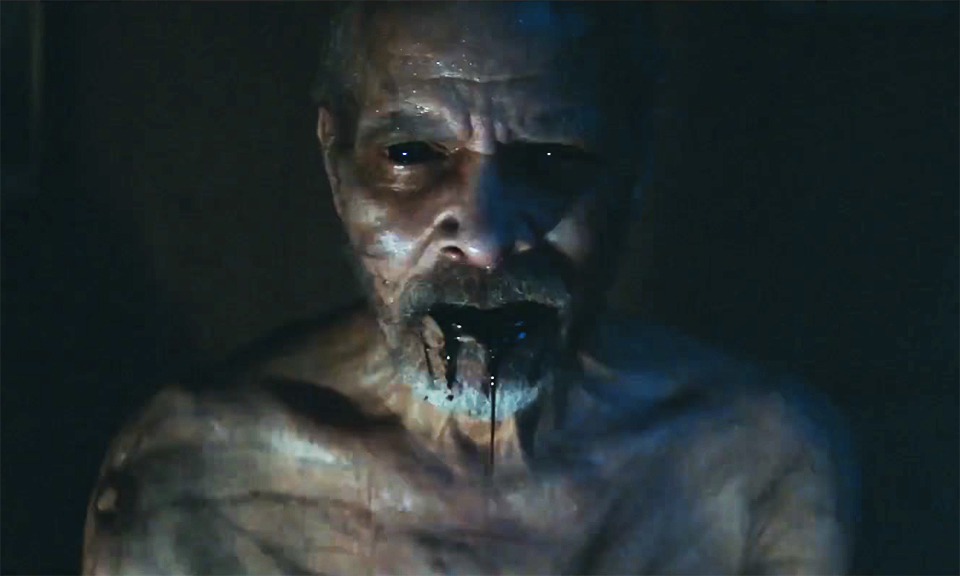
Horror is one of the most subjective genres of all, maybe next to comedy the single most subjective, mainly because all of us are simply scared by very different things, something that can’t be helped. However, It Comes At Night also decided to be a slow-burning and extremely enigmatic horror, more dependent on whatever the audience members individually add to the film rather than telling a clear-cut story, and using cinematic form in a way to certainly create a specific atmosphere and mood, but never to really divulge anything of importance to the audience in terms of what it is that they should really be afraid of.
It Comes At Night much prefers basking in its eerily enigmatic and quiet state, refusing to show its hand and instead playing on a ruthless level of the fear of the unknown, until the anxiety eventually bubbles over and becomes absolutely unbearable.
Largely focusing on dream sequences, and how paranoia can influence the mind (specifically depending on the world someone is surrounded by), and essentially binge-written following the death of a loved one by writer/director Trey Edward Schultz (also known for the excellent Krisha), It Comes At Night is simultaneously a film to be prescribed to the horror fan in need of the jolt of adrenaline from a fix of some of the darkest chills in horror history… but also to an insomniac looking to be bored, due to the plain and simple subjectivity of all of its scares. A very strange case, aptly applied to a very strange film.